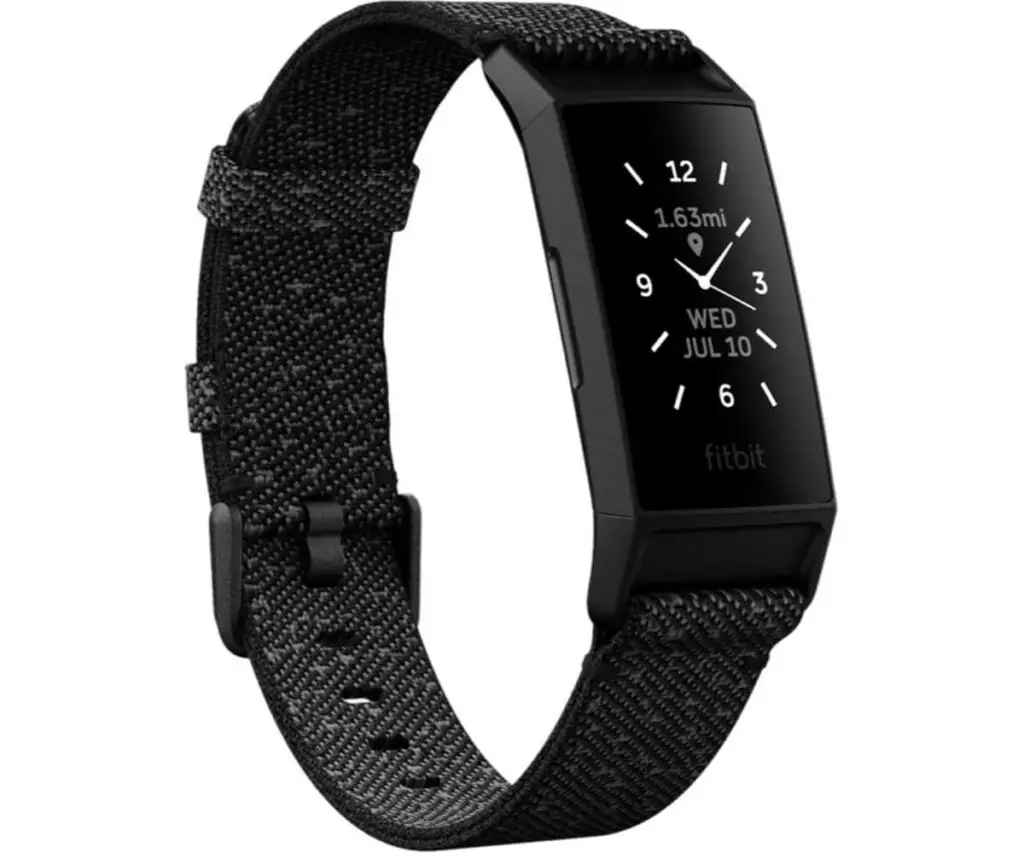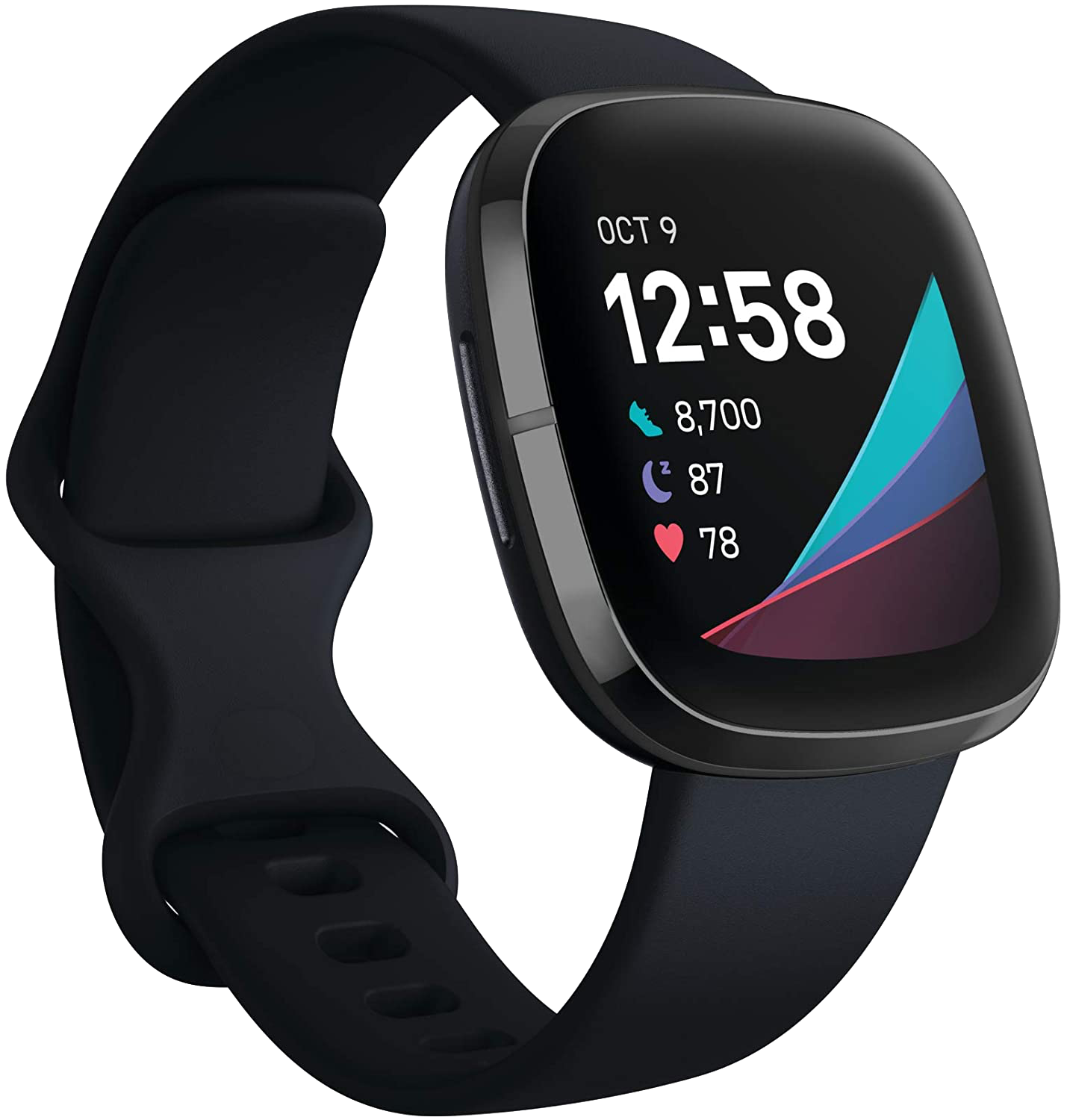Note: As of December 15, 2020, Fitbit Sense and Versa 3 users can now view their SpO2 trends over the past week without a Premium membership.
Best fitness trackers with pulse oximeters. Although some of Fitbit’s wearables have SpO2 sensors – including the Charge 3, Charge 4, Ionic, Versa, Versa Lite and Versa 2 – it’s not. Fitbit SpO2 data is not intended for medical purposes, nor is it intended to diagnose, treat, cure, or prevent any disease or condition. The data provided by Fitbit SpO2 is intended to be a close estimation of your blood oxygen saturation levels, but may not be precisely accurate. You should not use or rely on Fitbit SpO2 for any medical purposes. Of course, Fitbit isn't the first company to offer SpO2 monitoring in its wrist-worn fitness gadgets. Garmin's watches have featured a Pulse Oximeter (Pulse Ox) tracker for a little while now, but. #Fitbit #FitbitUpdate #FitbitOxygenBloodlevelupdate #Spo2Fitbit released Blood Oxygen update.Now you can check your blood oxygen levels in Fitbit applica. Fitbit Sense is the latest release from the family of Fitbit. It is the most advanced smartwatch ever released by Fitbit. It comes with many health-tracking features like FDA validated ECG, irregular heart rate monitoring, skin temperature monitoring, SpO2 and much more.
At Fitbit, we are always working to identify new ways we can tell you more about your body and your wellness with new and existing technology. As part of our ongoing feature development, we have introduced a new capability—an estimate of your blood oxygen saturation. We’re excited to announce that in select markets, you can access it through the free SpO2 Signature clock face on your smartwatch, so that you can track potential changes in your wellbeing.*
What is Oxygen Saturation (SpO2)?
Blood oxygenation is a crucial part of your body properly metabolizing the energy it needs to function at an optimal level.Our bodies distribute oxygenated blood to every part of our body—and SpO2 is the level of oxygen in your blood.
Oxygen levels in blood tend to remain relatively constant, even during exercise and sleep. If the cardiorespiratory system is working and a person is breathing room air, typically most of the blood’s oxygen carrying capacity is used, so that blood oxygen saturation during the day is generally between 95 and 100 percent. When blood oxygen saturation levels are significantly lower than normal, it can be detrimental to the functioning of the body.
Nighttime SpO2 is usually lower than daytime SpO2 due to the fact that the total amount of air you breathe in tends to drop during sleep. In general, SpO2 values during sleep are typically above 90 percent. Tracking SpO2 can help you be more aware of your oxygen saturation trends during sleep, which may help you learn when there may be an indication of important changes in your fitness and wellness.
Of course, everyone’s oxygen levels are different. If you want to see your SpO2 trends over time, you’ll be able to view them in the new Health Metrics dashboard, available to Fitbit Premium members.**
How We Measure SpO2
There are several ways to evaluate the oxygen saturation in your blood. One method involves actually getting a sample of blood and using laboratory chemistry equipment to measure oxygen saturation, and while this is one approach, it is not practical for many uses. That’s why it became common to use pulse oximeters, which use optical techniques to non-invasively measure SpO2.
How does it work? Deoxygenated blood, which is returned to your lungs via your veins, is a slightly darker red color than the fully oxygenated blood in your arteries and arterioles (small blood vessels that bring oxygenated blood to your tissues). By using Fitbit sensors to measure the relative reflection of red and infrared light from your blood via your wrist, and seeing how it varies as your heart beats, we can estimate your SpO2 value.
It’s important to note that Fitbit does not measure or display SpO2 values below 80 percent. Fitbit SpO2 data is not intended for medical purposes, nor is it intended to diagnose, treat, cure, or prevent any disease or condition. The data provided by Fitbit SpO2 is intended to be a close estimation of your blood oxygen saturation levels, but may not be precisely accurate. You should not use or rely on Fitbit SpO2 for any medical purposes.

Get Started
With the SpO2 Signature clock face, your Fitbit smartwatch (Fitbit Ionic, Versa family, and Fitbit Sense) will track your average SpO2 levels while you’re sleeping. To get started, install the SpO2 clock face, then go to sleep wearing your smartwatch with the clock face, and within about an hour of waking up, you’ll be able to see your average SpO2 and range. Plus, you can expect more SpO2 clock faces soon to come in 2020!
If you have a Fitbit Premium membership, you will be able to check your trends in the Health Metrics dashboard. Want to learn more about what you can expect with Health Metrics? Read all about the new dashboard here.
Not available in all markets. This feature is not intended to diagnose or treat any medical condition or for any other medical purpose. It is intended to help you manage your well being and keep track of your information.
*Not available in all markets. Availability will be rolling. You should not rely on SpO2 for any medical purposes.
**The Health Metrics dashboard and the metrics displayed in the dashboard are not available in all countries. The Health Metrics dashboard is not intended to diagnose or treat any medical condition and should not be relied on for any medical purposes.
This information is for educational purposes only and is not intended as a substitute for medical diagnosis or treatment. You should not use this information to diagnose or treat a health problem or condition. Always check with your doctor before changing your diet, altering your sleep habits, taking supplements, or starting a new fitness routine.

Fitbit Ionic Pulse Oximeter
1. Huawei Honor Band 5
Editor’s Rating: 4.8/5
The Huawei Honor Band 5 is an affordable fitness tracker offering a stylish design and plenty of useful features. Despite being well-known for its smartphones, Honor has also been making significant strides with its fitness trackers, and the Band 5 represents the company’s best option so far.
Design
The Honor Band 5 looks very much like its predecessor, the Band 4. This isn’t a bad thing, as the Band 4 is by no means an ugly device, but a bit more of a facelift would have nice to see.
The device has a rather simple design, with a sleek form factor that offers very few gimmicks. This is good to see from the Band 5, as many fitness trackers try too hard to stand out these days, which often leaves them looking cheap or unappealing.
The display on the device uses a 0.95-inch AMOLED panel, which is both clear and vibrant. This means you should have no issues viewing any of the information on the display. However, it is notably smaller than some of the other options in this guide.
The Band 5 measures 17.2mm in width, which is in keeping with the average footprint of most fitness trackers. This means you should have no issues with the size of this device, and it shouldn’t overhang your wrist. Final cut pro 10.2 download. The device is also only 11.5mm thick, meaning bulkiness shouldn’t be a problem either.

The casing is made from plastic, which could leave it prone to damage, especially if it encounters a heavy drop or impact. For this reason, a metal casing would have been preferred. However, due to the device’s price point, we are not surprised that Honor decided to use plastic instead.
The strap is made from silicone, giving it a soft surface that will provide plenty of comfort, even if you choose to wear the device tightly. Silicone is also non-porous, meaning it won’t soak up sweat and discolor over time.
The device is also water-resistant up to 50 meters, making it perfectly suitable to swim with, or to use while taking part in other water-based activities. One activity we recommend avoiding, however, is diving, as there is a chance you could still damage the device, even at shallower depths.
Features
The Band 5 comes with a rather extensive feature-set that includes a pulse oximeter, activity tracking, heart rate monitoring, sleep tracking, sedentary reminders, connected GPS, and one-way notifications. The device can also be used as a remote shutter when taking photos with your smartphone.
Fitbit Oximeter
The pulse oximeter on the device works primarily during the night to measure your blood oxygen levels while you sleep. However, you can also manually take readings during the day as well.
Measuring blood oxygen levels isn’t the only tool in this devices sleep tracking arsenal, however, as it can also identify and provide advice on a number of common sleeping issues such as insomnia and restless sleep. This is a great feature to include on the device, as many people suffer from sleep issues they aren’t even aware of.
When it comes to heart rate monitoring, the Band 5 is hard to fault. At Honor’s launch event for the product, the company showcased the devices heart rate monitor by pitting it against an actual EKG. Incredibly, the Band 5 was within a few beats per minute on every reading. This makes it highly accurate compared to most fitness trackers, making it an attractive option if this feature is important to you.
The device also works well as a daily assistant, thanks to its inclusion of a one-way notification system. This feature can be used to inform you of a variety of different notifications, as well as weather reports, and incoming calls. The Band 5 also has a built-in feature to help you find your phone if you ever lose it.
Battery life
The device can last up to 6 days on a single charge, which is pretty admirable for a fitness tracker with this many features. You can also turn off certain features on the device to preserve battery life if you wish, which could be useful if you go away for a while and forget your charger.
Normal Fitbit Oximeter Scale
This device hardly puts a foot wrong. Its feature-set is among the best we’ve seen at this price point, and its design is both compact and stylish. There are some durability concerns, due to the use of plastic for the casing, but overall, this is a brilliant device that offers excellent value for money.
